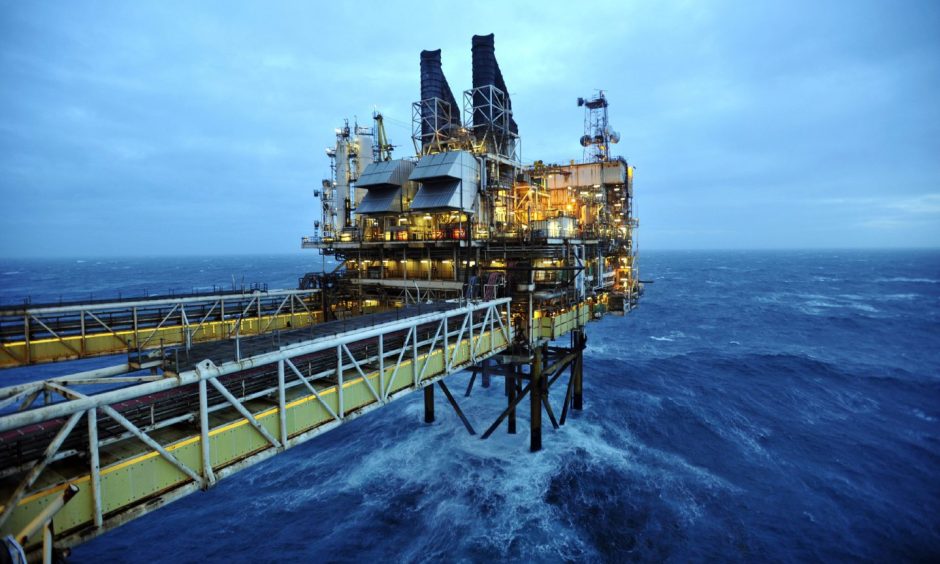
When oil was first discovered in the North Sea in the 1970s, it was the beginning of a golden age for Aberdeen and life was never the same again.
For a few years, the city was transformed as steak houses, strip joints and casinos opened their doors, thousands of workers from every continent arrived to extract precious energy from under the North Sea, and Offshore Europe advanced from being a humble event under canvas to one of the largest oil technology exhibitions in the world.
Telly Savalas – who played Kojak in the eponymous crime series – provided the voiceover for a short film about the attractions of the Granite City, and pop group Bucks Fizz and TV host Russell Harty presented a programme shot entirely on the Forties Bravo platform, where the band sang their smash hit The Land of Make Believe.
Yet, a new documentary, which has been produced with the involvement of many of the people who witnessed the boom-and-bust phenomenon, the initial triumphs of the North Sea venture, but also such ghastly tragedies as the Piper Alpha disaster in 1988, is being screened next week, which investigates the legacy of the energy revolution.
And the stark conclusion from many of those who appear in BBC Alba’s Baile na h-Ola (Aberdeen: When Oil Came to Town) is that there isn’t one.
Instead, Sir Ian Wood, the billionaire businessman, who is one of the most obvious success stories from the oil and gas explosion, says: “I honestly still have a significant concern that – and I hope this doesn’t happen – the next generation is going to look back on my generation and say: ‘Well, you all had a great time, what have you left for us?”
Respected historian Jim Hunter, who arrived in Aberdeen as a student, adds, after surveying the dilapidated, bedraggled state of the city’s Union Street: “What is peculiar is that an enormous amount of money has gone through the place for the best part of half a century and there is nothing to show for it. The place isn’t nearly as attractive-looking as when I first came here [to university] in the 1960s.
“And it wasn’t really the ‘oil capital of Europe’. It was a foreign base for a set of multinational corporations that were HQ-ed and controlled from far away and Aberdeen had no serious jurisdiction over all of that.”
Back in the early 1980s, there were no such reservations as cash poured into the coffers. Aberdeen businesswoman Zoe Ogilvie was among those who marvelled at the positivity in a period which seemed like a land of milk and honey and where Pittodrie’s Gothenburg Greats, managed by a young Alex Ferguson, stunned international football when they lifted the European Cup Winners’ Cup by beating Real Madrid 40 years ago.
She says: “The feel-good factor was absolutely tangible. I remember being let out of school early to watch the [open-top bus] parade down Union Street.”
The situation soon became ludicrous
However, former Labour councillor Len Ironside describes it as a Dickensian tale of two cities; the best of times for a small number of people and, if not the worst of times, then the development of a glaring disparity between the haves and have-nots.
He adds: “Although there was a lot of wealth brought to Aberdeen, it was in the hands of a few. Most folk didn’t feel the effects of the oil in a good way – it just meant everything was always more expensive and you had areas of real deprivation.”
At one stage, house prices rose by a staggering 150% in the space of five years and, while new towns, such as Bridge of Don and Westhill, were quickly constructed in the suburbs, many people outwith the energy sector were left at a huge disadvantage.
Prof Hunter recalls: “I had a job at [Aberdeen] university and we were looking to buy a house and it was extremely difficult, to the point of being almost ludicrous.
“You would rush to buy the Press and Journal on a Tuesday and Friday when they advertised properties – and if there was a house that you fancied, you would arrive in the evening and find that you were literally in a queue. And then, the house would be sold the next day, for double the asking price. Not to us, of course.”
The one place which bucked the trend was Shetland and the programme records how officials on the islands refused to be starry-eyed by the overtures of American executives before the construction of the Sullom Voe terminal.
The message from the Scots was: “If you want this, it’s going to cost you”. And they duly secured the Shetland Oil Fund, which was used to create leisure facilities, libraries and an impressive range of other amenities. Today, the fund’s value is more than £400m.
Should Aberdeen have pursued something similar – as Norway did? It’s too late to speculate on that now.
Baile na h-Ola (Aberdeen: When Oil Came to Town) is on BBC Alba on Thursday March 23 from 9-10.15pm.
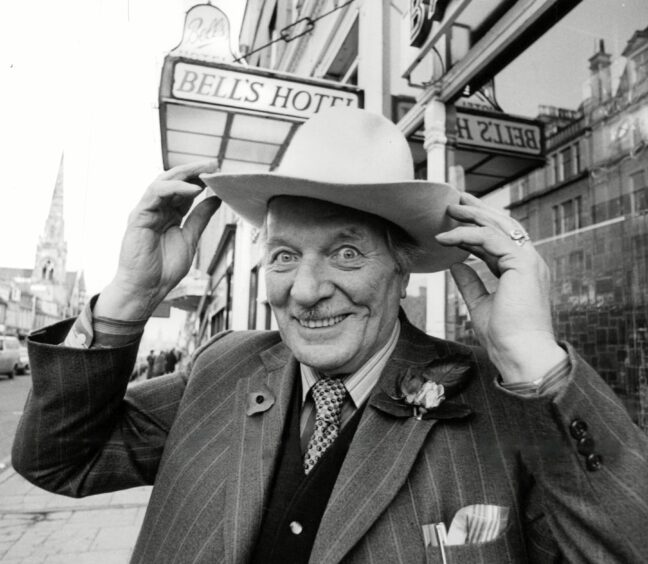
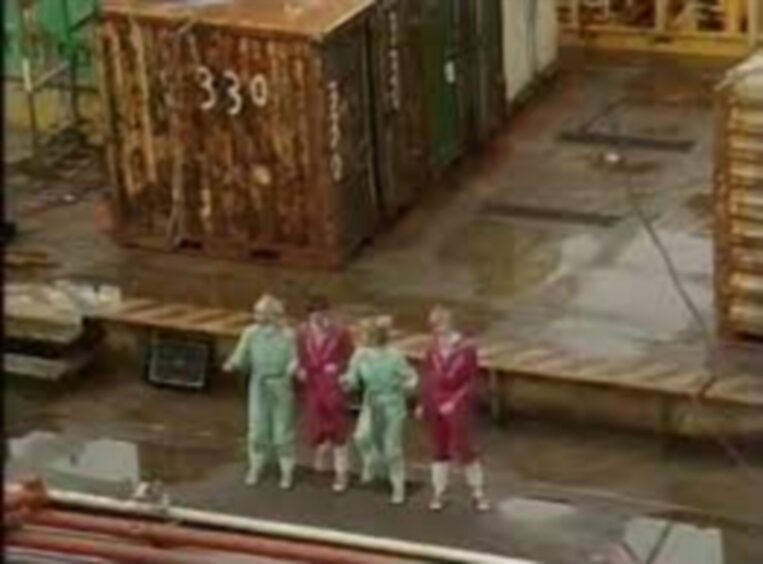
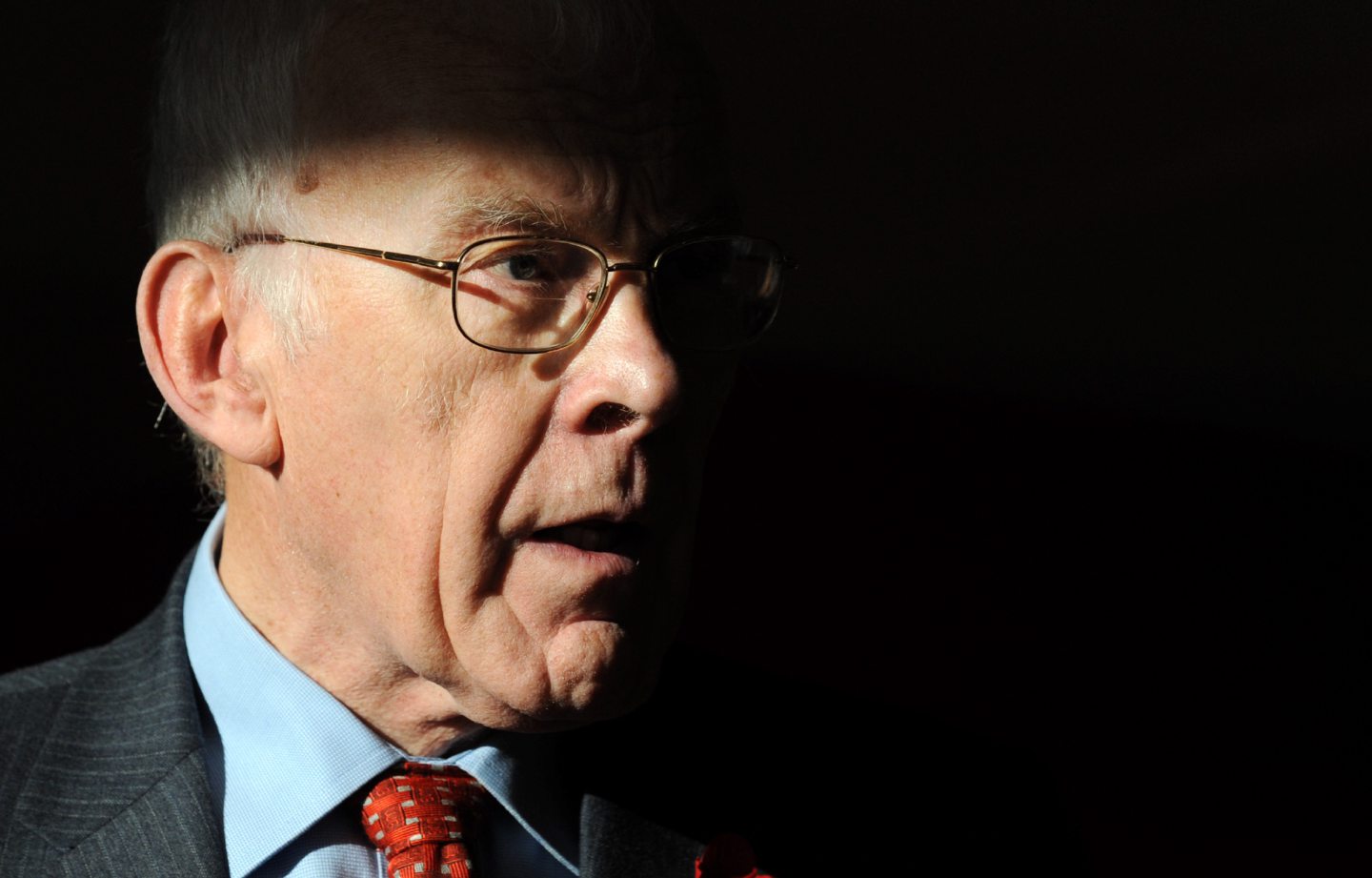
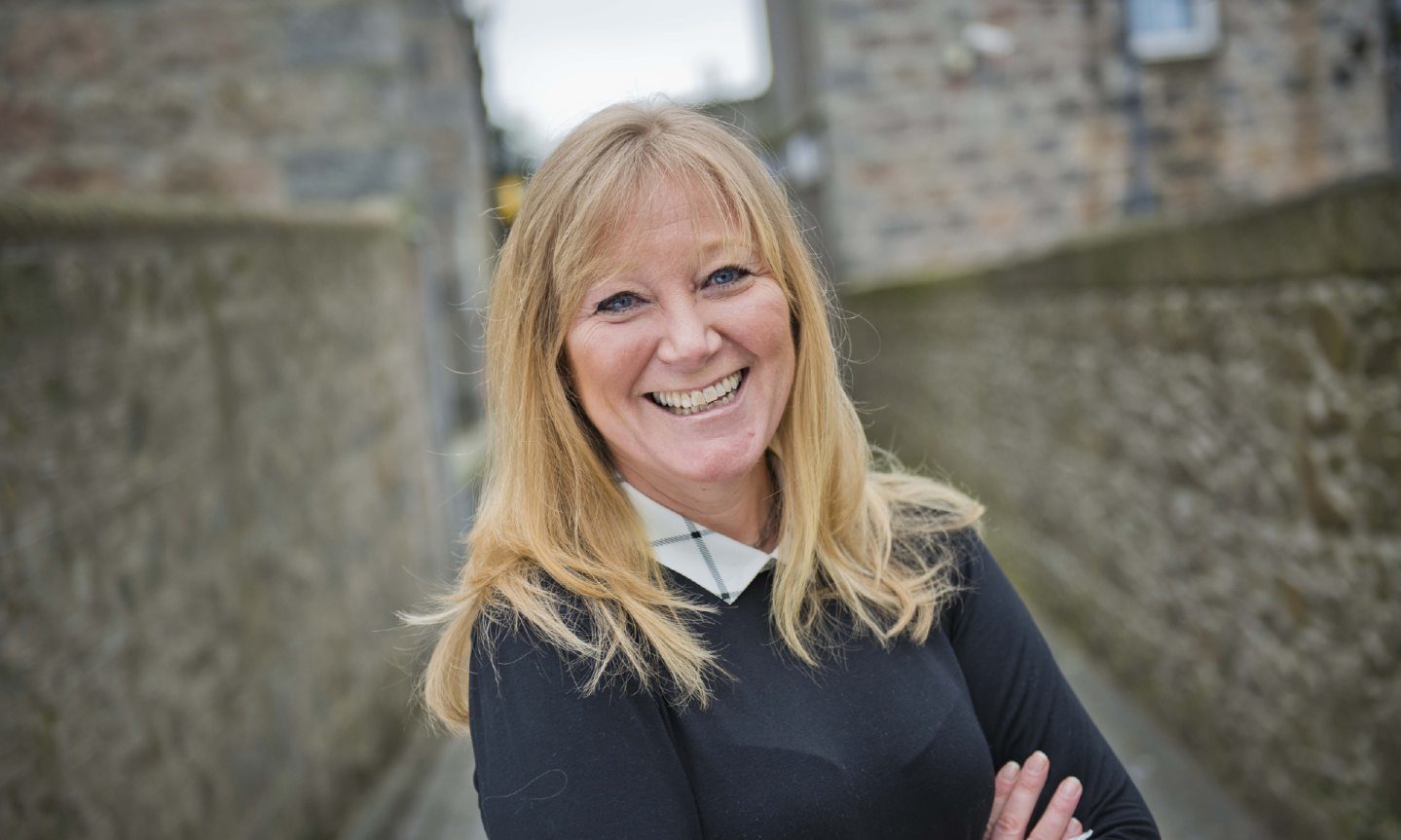

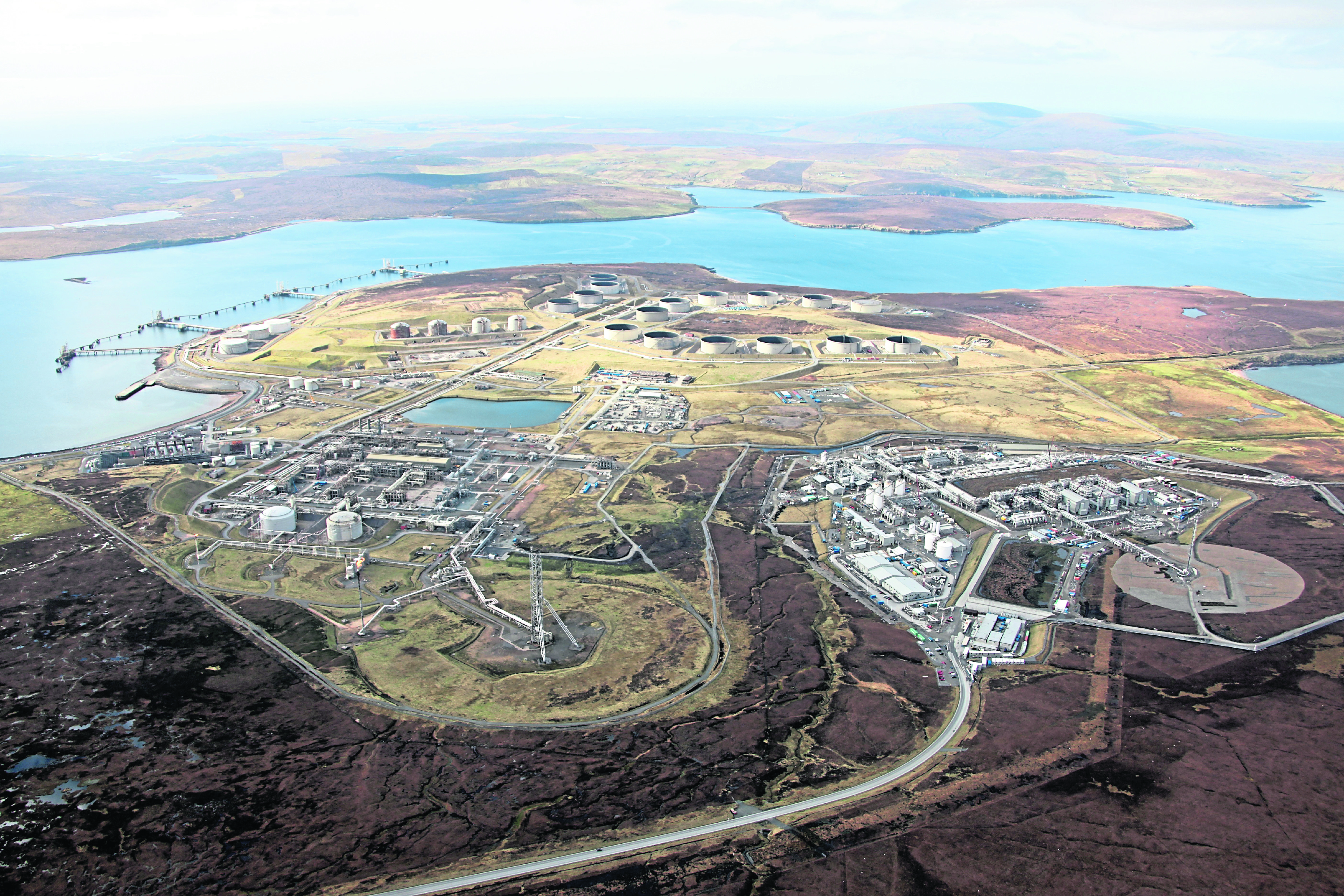
Conversation